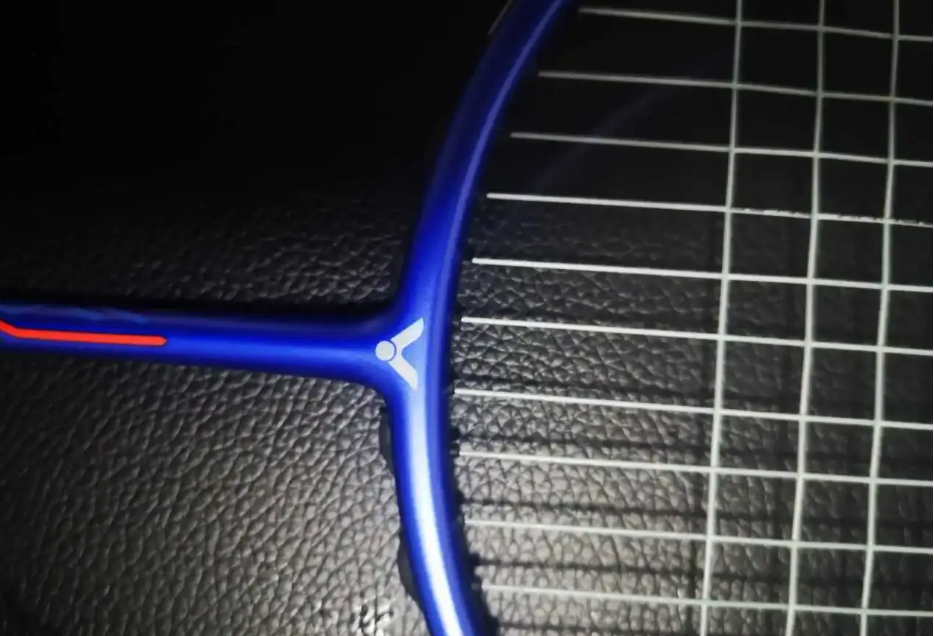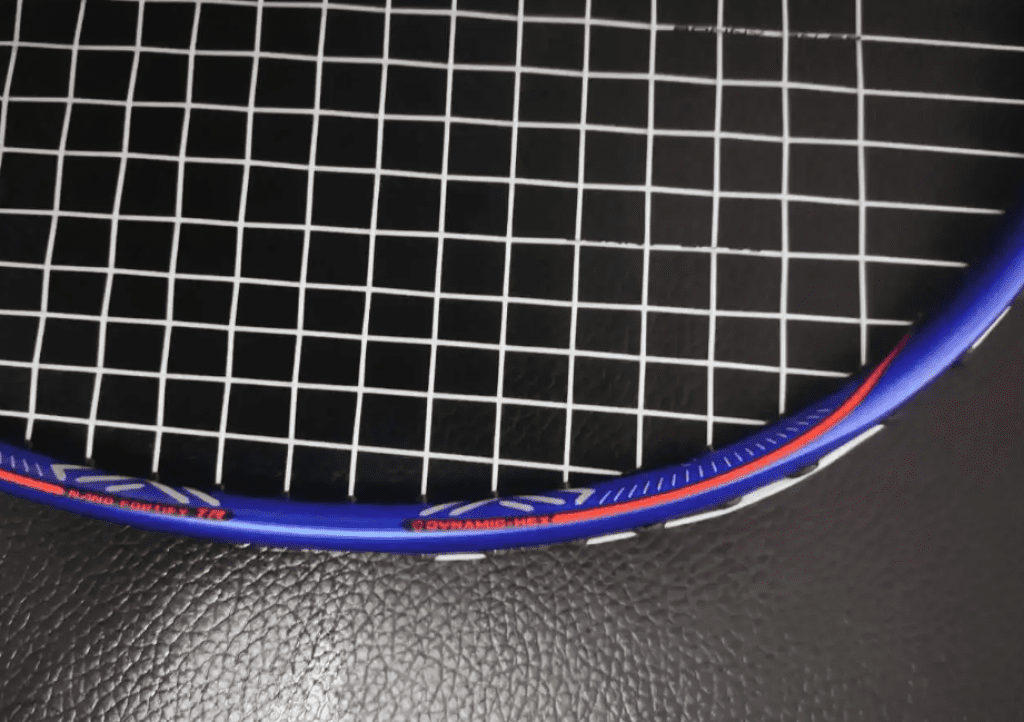My first flagship racket was the 3U ZSP in the new color. It was definitely a racket that felt great for young players, offering impressive swing speed and powerful performance.
Recently, I bought a brand-new racket, the 3U Yu 8K, which for some reason reminded me of the ZSP I once owned. Although the feel of these two rackets is not the same, it indicates that the Yu 8K is also a racket that can offer me a new experience.
Of course, it could simply be due to changing tastes after gaining more experience.

Specifications: 3UG5, stripped-down, total weight 95.4g, balance point 304mm, handle length 195mm, 7.0mm Babolat carbon shaft, hard setup, 76-hole string bed, dynamic fluid hexagon frame, 8-4 o’clock string grooves, warranty 29 lbs, string tension 26-28 lbs BN69.
The main color of the racket is a deep Prussian blue, which is quite understated and not particularly striking but looks very stable. The circuit-like lines on the shaft and frame are a major feature of the Yu series. However, for a high-end racket like the Yu 8K, the lack of any flashy elements in its appearance is somewhat disappointing. The neighboring Yu 8S, with its metallic red hue, seems more eye-catching in comparison. This might be why the Yu 8K hasn’t received much attention.
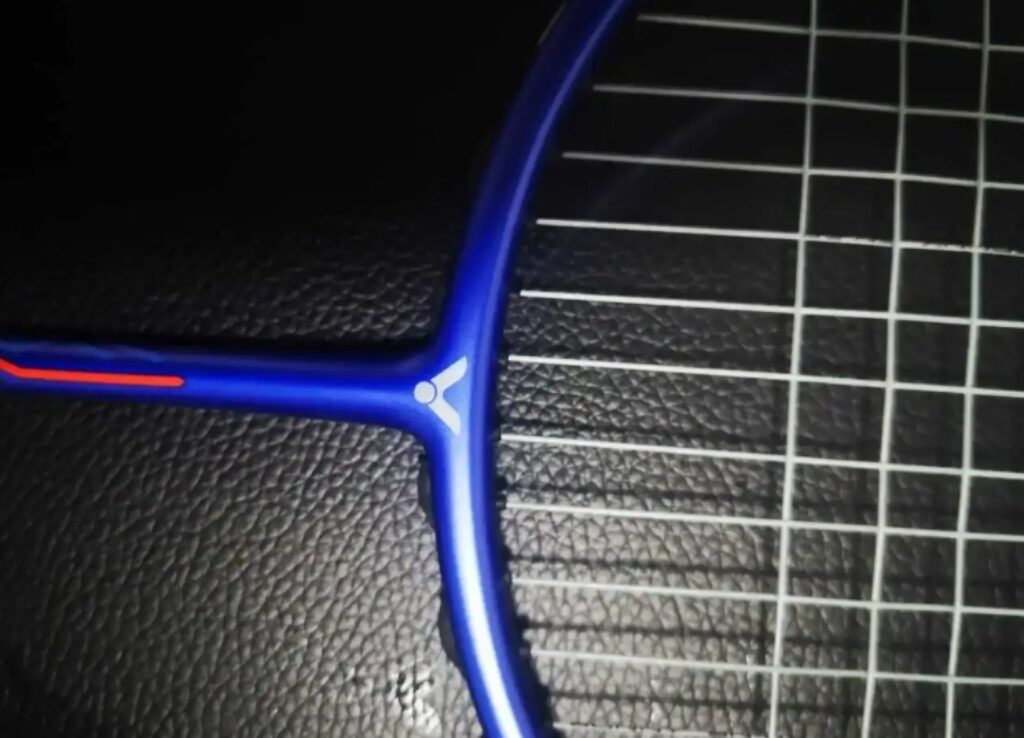
Strictly speaking, the Yu series includes three types of frames: the Yu 7K and below use a guiding hexagonal frame, the high-end series uses a three-in-one dynamic fluid hexagonal frame, and the Yu 9X features a unique twisted frame. The Yu 8K’s frame has a rounded transition in the midsection, and the guiding hexagonal frame has already achieved a good balance of stability and swing speed, while the three-in-one frame further enhances swing speed while maintaining stability. The thickness at the head is almost like that of speed rackets.
Therefore, as a 3U racket with a slightly higher balance point, the Yu 8K initially felt very much like the ZSP: solid feel, slightly head-heavy, good swing speed, hard shaft, and well-matched to my style. In fact, with its thinner frame, the Yu 8K might even offer slightly higher swing speed. Even before trying it, it gave me the feeling of “I want it all.”
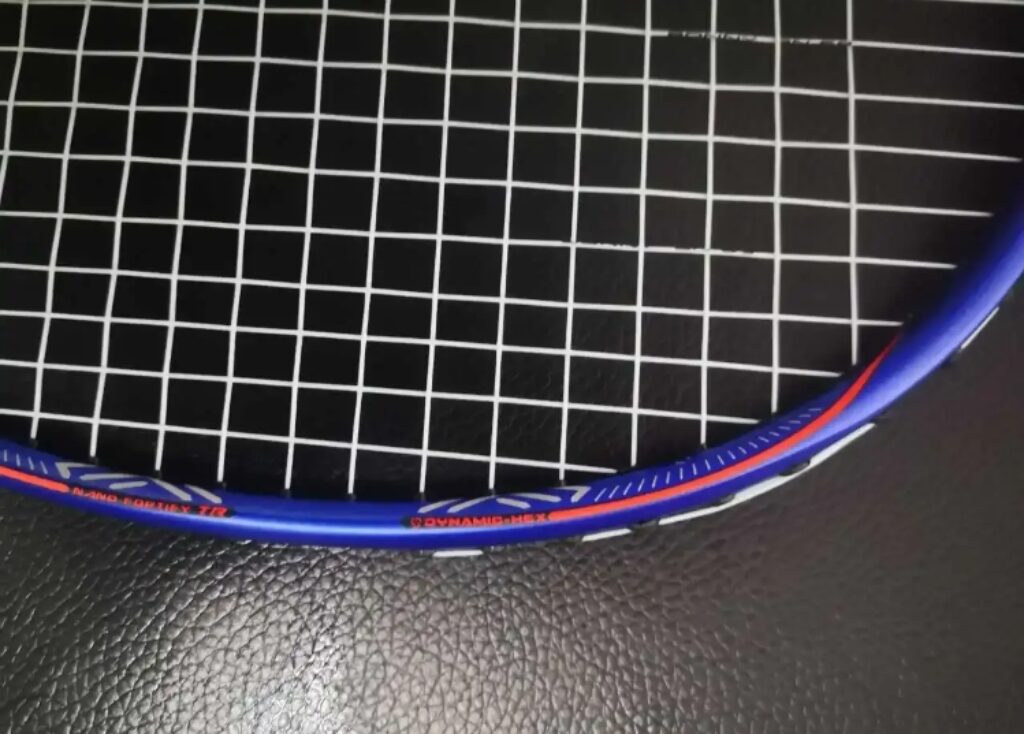
However, its impact feel is not related to the crisp or focused feeling. The BN69 is a 0.66mm diameter, high elasticity, medium-hard string. At 26-28 lbs, the Yu 8K surprisingly still provides a certain ball-holding sensation, with a bit of a bow-and-arrow feel. It doesn’t have the soft yet resilient feeling of the bow-and-arrow series but offers a turbo-like kick-in sensation. While I don’t mind this feeling, many other players might prefer the high-speed self-absorbing sensation.
The 7.0mm shaft not only represents the thickest diameter in its series but also has a notable official hardness. Therefore, while you can feel the ball-holding sensation, it doesn’t feel mushy; you can feel the hardness, but it’s not wooden. For small actions like net shots, flicks, and drops, the racket leans towards ball-holding, while for larger actions like smashes, clears, and drives, it leans towards explosiveness.
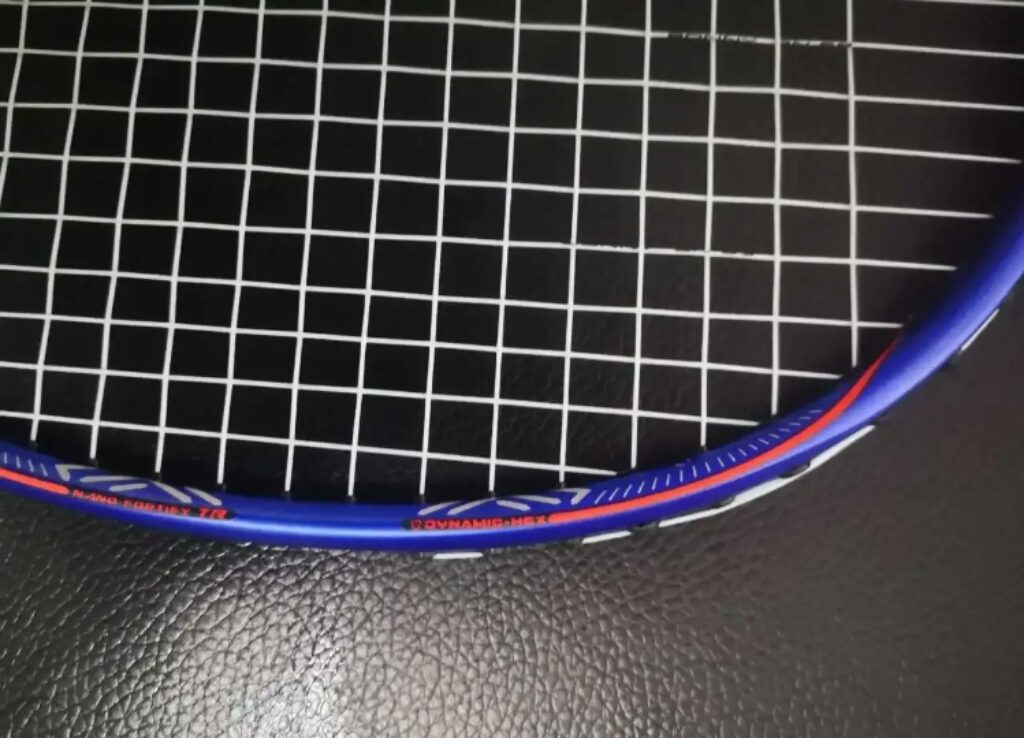
I’ve rarely written such a lengthy, subjective, sensory, and non-standard description. If I were to really describe the Yu 8K, it would be similar to many excellent rackets I’ve encountered: it offers a significant feel of borrowed power, whether for high clears, flat clears, or smashes; the T-head box structure ensures the racket’s stability, clear directional control, and excellent torsional resistance; it might be challenging for flat drives due to its heavier weight, and its slightly delayed response from the preparation to the swing can make it risky for net play; the sweet spot is easy to find, but hitting outside the sweet spot significantly affects the quality, with average tolerance; the shaft’s explosiveness is outstanding, and the frame can handle high tension, resulting in high-quality smashes with a sharp, pleasant sound; the heavy weight and hard setup are not recommended for beginners. The 4U version might be more generally liked, but I prefer the extremely stable 3U version for personal improvement.
Does that cover it?
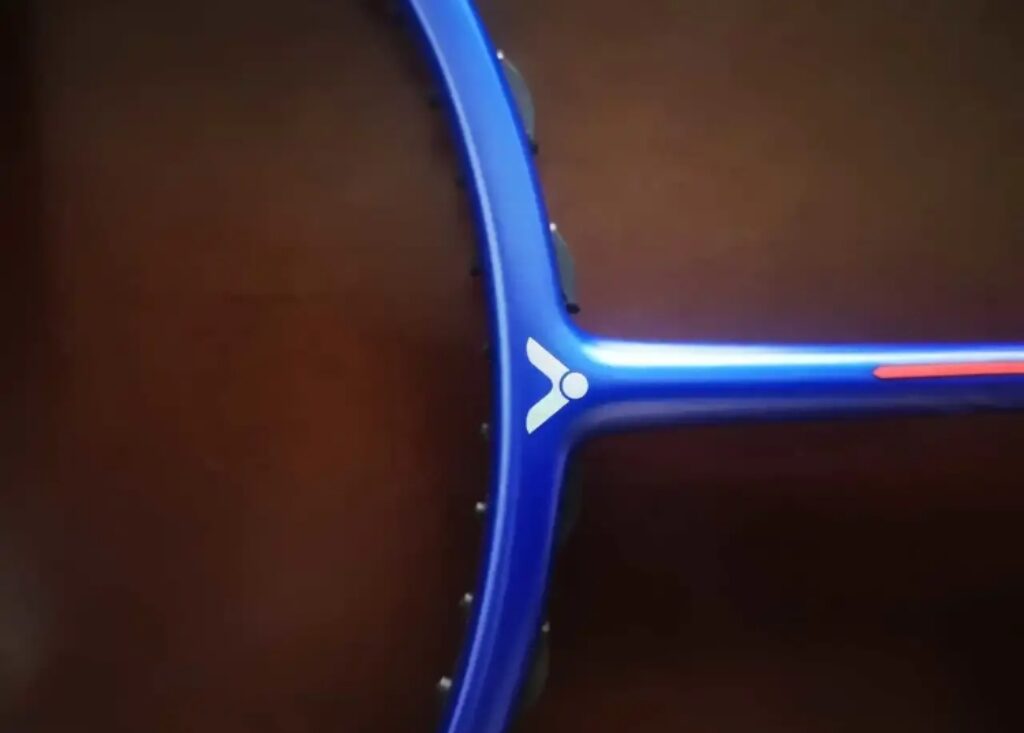
Even though it was a regular purchase, the Yu 8K gives me a sense of an unexpected encounter. Its comprehensive nature makes me occasionally overlook its excellent performance. As a balanced, slightly attacking racket, its feedback doesn’t quite match some other mid-range rackets, and its response speed in doubles isn’t exceptionally quick. However, using it on the court gives a sense of stability, and its excellent shock absorption reduces the load. All-around, it may not always be appealing.
Even now, my description of the Yu 8K feels like the saying “The way that can be told is not the eternal way.” No matter how I describe it, I can’t fully capture its essence. Its strengths are not immediately obvious or captivating. Its solid and stable nature often makes me forget the racket’s presence until I’m reminded by a powerful smash that the equipment I’m using is not to be underestimated.



